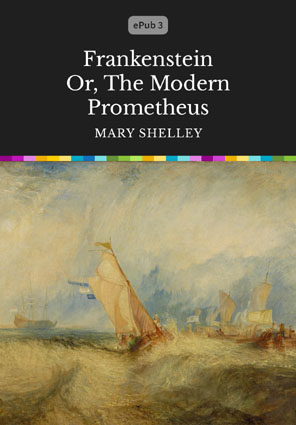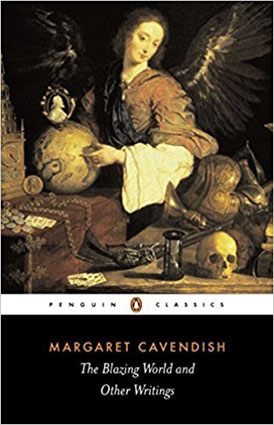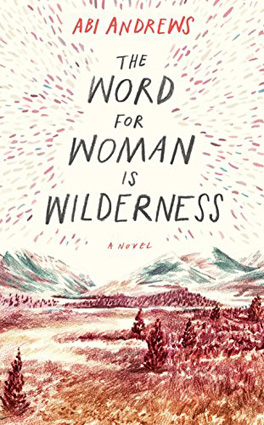The prospect of having children can be exciting, but also terrifying. Luckily, it's something I've never strongly desired so I'm satisfied in the role of uncle, godfather and sometimes babysitter to friends' children. However, some reasons I'd be frightened of having children (beyond a total ignorance of how to care for them) is a dread of making some irreparable mistake and also the inability of protecting them from experiencing pain at some point. Jessie Greengrass describes this as “the overwhelming fear of fucking up that having children brings, the awareness of the impossibility of not causing hurt like falling into endless water”. Her debut novel “Sight” is a reflection on the process of having children and why her narrator is particularly self conscious about the continuation of her lineage. But, more than that, it's a remarkably poignant meditation on the internal and external levels of our mental and physical reality. The narrator is a young woman who cared for her mother during her terminal illness and now faces the prospect of becoming a mother herself. She sifts through her personal past and considers the lives of disparate individuals such as Sigmund & (his daughter) Anna Freud, Wilhelm Röntgen (the first man who produced and published scientific studies of X-rays) and scientist/surgeon John Hunter. In doing so, she embarks on a journey into how she might allow her child to see the multiple layers of life and thus pass on an abiding sense of happiness.
As demonstrated in her superb short story collection “An Account of the Decline of the Great Auk, According to One Who Saw It”, Greengrass has a particular creative talent for not only plucking out and creatively reimagining unusual stories from history, but finding a wondrous pertinence in them. It's fascinating when talented writers can pair distinct elements of fiction and nonfiction to create a story which is still deeply emotional. Ali Smith also accomplished this in her novel “Artful” where she essentially took a series of her lectures and threaded them together around the story of a narrator who is grieving for (her or his – the narrator's gender is never specified) lost lover. It still worked as a piece of fiction for me because I felt drawn into the journey this narrator took towards a new understanding through intensely contemplating these different subjects. Greengrass similarly pairs her narrator's struggle with accepting the identity of motherhood by considering the multiple innovative methods particular historical figures took in seeing one's self: whether that be the bones of our bodies, the internal workings of a woman's womb or a method of understanding the unconscious mind.
Sometimes it's not what these figures found which the narrator identifies with, but their process. For instance, she speculates “if we could understand these moments and the weeks that followed them when Röntgen, alone, placed object after object in front of his machine and saw them all transformed, then we too might know what it is to have the hidden made manifest: the components of ourselves, the world, the space between.” In her connection with the challenges and moments of revelation these individuals experienced over a century ago their scientific practices act as touchstones and channels towards the narrator's own working towards a cohesive sense of being.
The sections where Greengrass recounts Freud's professional/familial relationship with his daughter Anna take on a very personal feel for the narrator. Her grandmother, who referred to herself as Doctor K, was a psychoanalyst so her ideas were directly inherited from Freud and influenced the icy grandmother-grandaughter interactions at her Hampstead Heath home. This challenging relationship combined with her mother's terminal illness heavily colour the narrator's complicated distress over the prospect of motherhood. They make her yearn for that clarity of vision which can be passed on, but she also acknowledges with caution that “the price of sight is wonder’s diminishment.”






























